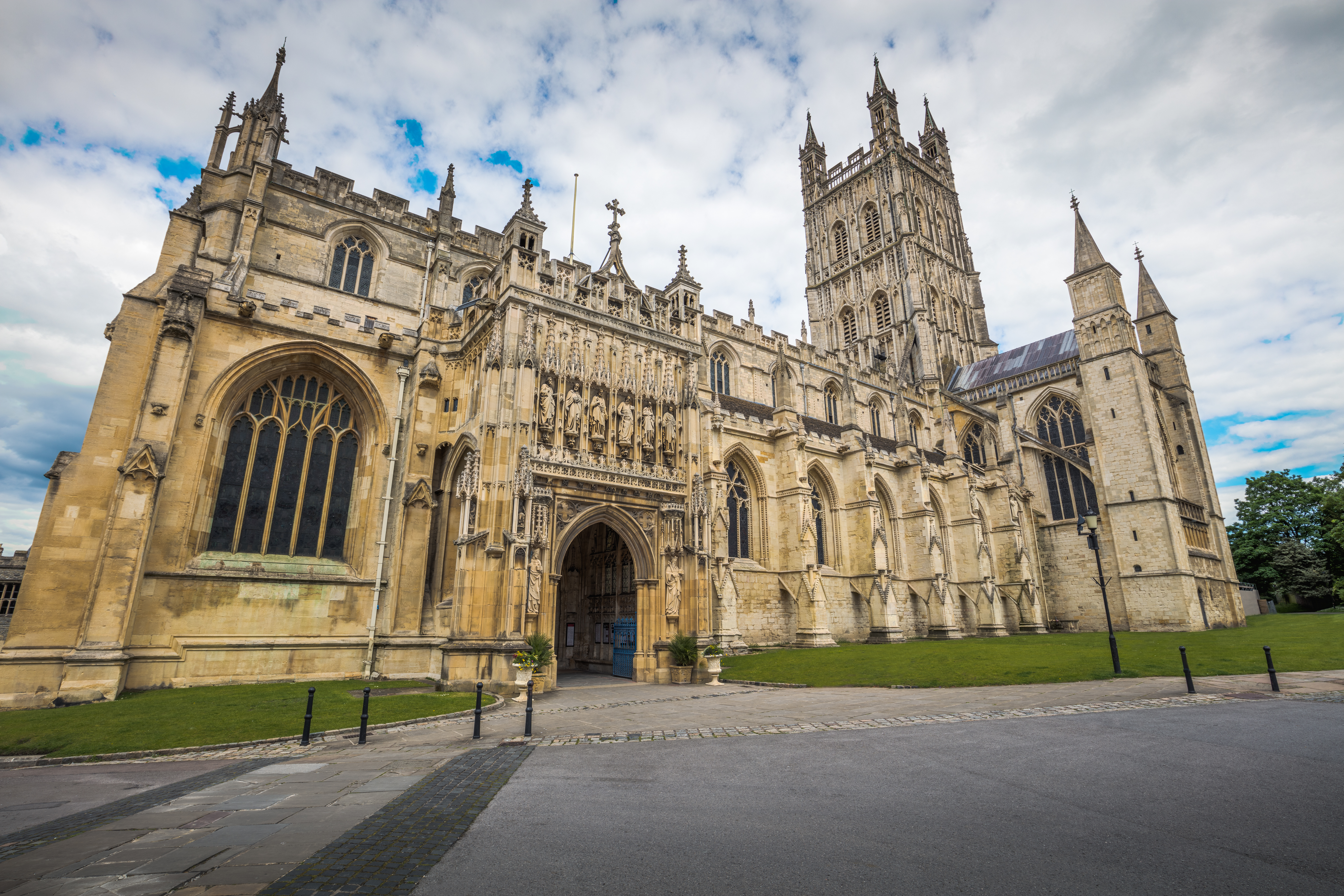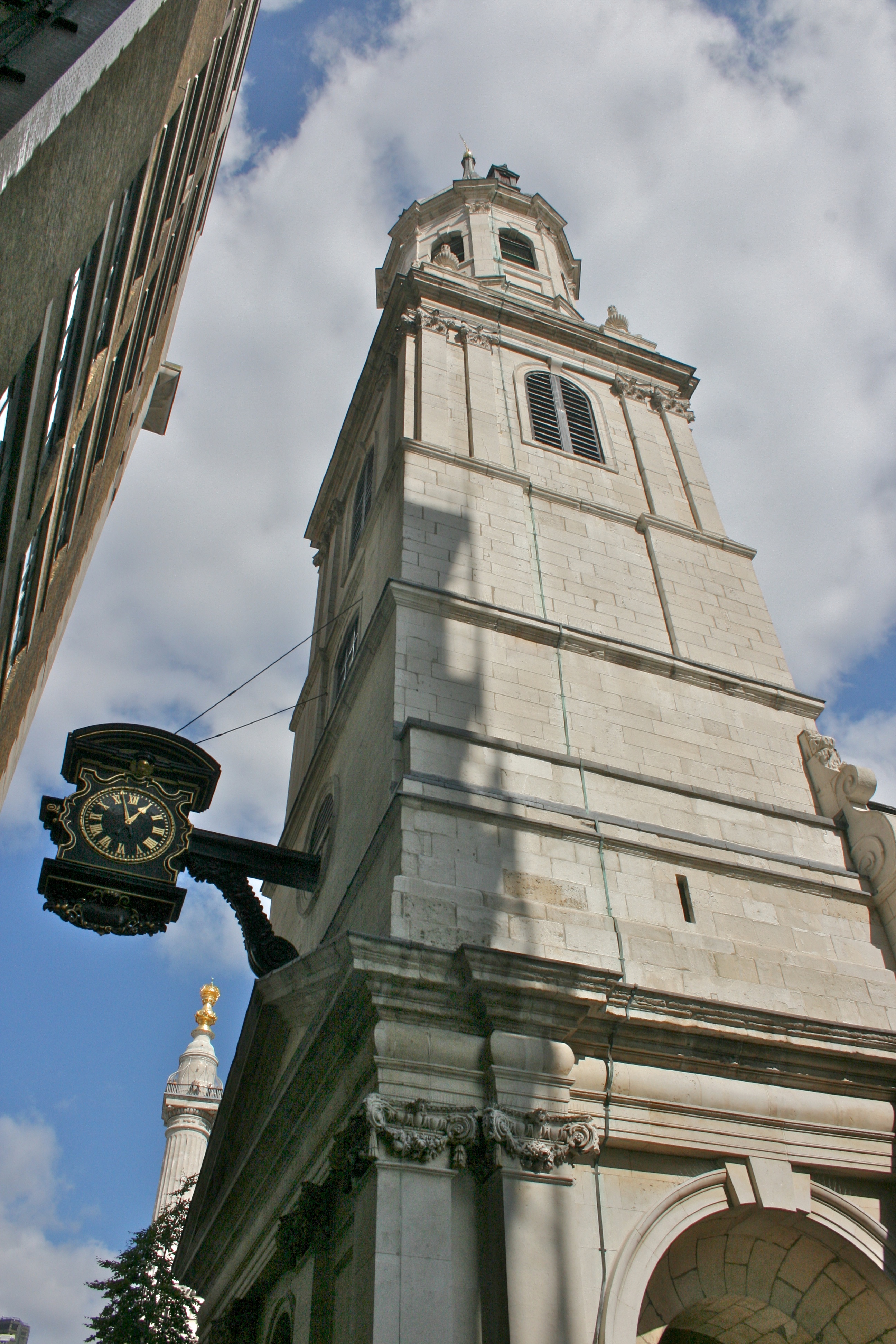|
Whiteshill, Stroud
Whiteshill is a village in the Cotswolds, situated between Stroud and Gloucester, in Gloucestershire Gloucestershire ( , ; abbreviated Glos.) is a Ceremonial counties of England, ceremonial county in South West England. It is bordered by Herefordshire to the north-west, Worcestershire to the north, Warwickshire to the north-east, Oxfordshire ..., England and forms part of the Stroud urban area. The parish of Whiteshill and Ruscombe has a population of 1,175. The Church of England Church is St. Paul's. When the limits of Stroud parish were set in 1304, Whiteshill and Ruscombe formed part of the tithing of Paganhill. They remained part of Stroud until 1894, when the new civil parish of Whiteshill was created. References External links Villages in Gloucestershire Stroud District {{Gloucestershire-geo-stub ... [...More Info...] [...Related Items...] OR: [Wikipedia] [Google] [Baidu] |
Stroud District
Stroud District is a local government district in Gloucestershire, England. The district is named after its largest town of Stroud. The council is based at Ebley Mill in the district of Cainscross, west of central Stroud. The district also includes the towns of Berkeley, Dursley, Nailsworth, Stonehouse and Wotton-under-Edge, along with numerous villages and surrounding rural areas. Over half of the district lies within the Cotswolds Area of Outstanding Natural Beauty. The neighbouring districts are Forest of Dean, Tewkesbury, Gloucester, Cotswold and South Gloucestershire. History The area is rich in Iron Age and Roman remnants and is of particular interest to archaeologists for its Neolithic burial grounds, of which there are over a hundred. Much of its wealth was built on the cloth industry during the Victorian era, and its many mills, most of which are now listed buildings, survive as testament to this. Much of the landscape in this area is designated a ... [...More Info...] [...Related Items...] OR: [Wikipedia] [Google] [Baidu] |
Gloucestershire
Gloucestershire ( , ; abbreviated Glos.) is a Ceremonial counties of England, ceremonial county in South West England. It is bordered by Herefordshire to the north-west, Worcestershire to the north, Warwickshire to the north-east, Oxfordshire to the east, Wiltshire to the south, Bristol and Somerset to the south-west, and the Wales, Welsh county of Monmouthshire to the west. The city of Gloucester is the largest settlement and the county town. The county is predominantly rural, with an area of and a population of 916,212. After Gloucester (118,555) the largest distinct settlements are Cheltenham (115,940), Stroud (26,080), and Yate (28,350). In the south of the county, the areas around Filton and Kingswood, South Gloucestershire, Kingswood are densely populated and part of Bristol Built-up Area, Bristol built-up area. For Local government in England, local government purposes Gloucestershire comprises a non-metropolitan county, with six districts, and the Unitary authorities ... [...More Info...] [...Related Items...] OR: [Wikipedia] [Google] [Baidu] |
Stroud (UK Parliament Constituency)
Stroud is a List of United Kingdom Parliament constituencies, constituency represented in the House of Commons of the United Kingdom, House of Commons of the UK Parliament. It is held by Simon Opher of the Labour Party (UK), Labour Party, who won the seat from Siobhan Baillie of the Conservative Party (UK), Conservatives in 2024. History The seat's parliamentary borough forerunner was created by the First Reform Act for the 1832 United Kingdom general election, 1832 general election. It elected two MPs using the Plurality-at-large voting, bloc vote until transformed in the Redistribution of Seats Act 1885 for that year's 1885 United Kingdom general election, general election, the name being transferred to a single-seat county division which covered a wider zone. This was abolished at the 1950 United Kingdom general election, 1950 general election, chiefly replaced with a new seat, Stroud and Thornbury. That was in turn abolished at the 1955 United Kingdom general election, 19 ... [...More Info...] [...Related Items...] OR: [Wikipedia] [Google] [Baidu] |
Stroud
Stroud is a market town and civil parish in Gloucestershire, England. It is the main town in Stroud District. The town's population was 13,500 in 2021. Sited below the western escarpment of the Cotswold Hills, at the meeting point of the Five Valleys, the town is noted for its steep streets. The Cotswold Area of Outstanding Natural Beauty surrounds the town, and the Cotswold Way path passes by it to the west. It lies south of the city of Gloucester, south-southwest of Cheltenham, west-northwest of Cirencester and north-east of the city of Bristol. London is east-southeast of Stroud and the Welsh border at Whitebrook, Monmouthshire, is to the west. Though officially not part of the town itself, the contiguous civil parishes of Rodborough and Cainscross form part of Stroud's urban area and are generally recognised as suburbs. Stroud acts as a commercial centre for surrounding villages and market towns including Amberley, Bisley, Bussage, Chalford, Dursley, ... [...More Info...] [...Related Items...] OR: [Wikipedia] [Google] [Baidu] |
Cotswolds
The Cotswolds ( ) is a region of central South West England, along a range of rolling hills that rise from the meadows of the upper River Thames to an escarpment above the Severn Valley and the Vale of Evesham. The area is defined by the bedrock of Jurassic limestone that creates a type of grassland habitat that is quarry, quarried for the golden-coloured Cotswold stone. It lies across the boundaries of several English counties: mainly Gloucestershire and Oxfordshire, and parts of Wiltshire, Somerset, Worcestershire, and Warwickshire. The highest point is Cleeve Hill, Gloucestershire, Cleeve Hill at , just east of Cheltenham. The predominantly rural landscape contains stone-built villages, towns, stately homes and gardens featuring the local stone. A large area within the Cotswolds has been designated as a Area of Outstanding Natural Beauty, National Landscape (formerly known as Area of Outstanding Natural Beauty, or AONB) since 1966. The designation covers , with boundaries rou ... [...More Info...] [...Related Items...] OR: [Wikipedia] [Google] [Baidu] |
Stroud, Gloucestershire
Stroud is a market town and civil parishes in England, civil parish in Gloucestershire, England. It is the main town in Stroud District. The town's population was 13,500 in 2021. Sited below the western escarpment of the Cotswold Hills, at the meeting point of the Five Valleys, the town is noted for its steep streets. The Cotswold Area of Outstanding Natural Beauty surrounds the town, and the Cotswold Way path passes by it to the west. It lies south of the city of Gloucester, south-southwest of Cheltenham, west-northwest of Cirencester and north-east of the city of Bristol. London is east-southeast of Stroud and the Welsh border at Whitebrook, Monmouthshire, is to the west. Though officially not part of the town itself, the contiguous civil parishes of Rodborough and Cainscross form part of Stroud's urban area and are generally recognised as suburbs. Stroud acts as a commercial centre for surrounding villages and market towns including Amberley, Gloucestershire, Amber ... [...More Info...] [...Related Items...] OR: [Wikipedia] [Google] [Baidu] |
Gloucester
Gloucester ( ) is a cathedral city, non-metropolitan district and the county town of Gloucestershire in the South West England, South West of England. Gloucester lies on the River Severn, between the Cotswolds to the east and the Forest of Dean to the west; it is sited from Monmouth, from Bristol, and east of the England and Wales border, border with Wales. Gloucester has a population of around 132,000, including suburban areas. It is a port, linked via the Gloucester and Sharpness Canal to the Severn Estuary. Gloucester was founded by the Roman Empire, Romans and became an important city and ''Colonia (Roman), colony'' in AD 97, under Nerva, Emperor Nerva as ''Glevum, Colonia Glevum Nervensis''. It was granted its first charter in 1155 by Henry II of England, Henry II. In 1216, Henry III of England, Henry III, aged only nine years, was crowned with a gilded iron ring in the Chapter House of Gloucester Cathedral. Gloucester's significance in the Middle Ages is unde ... [...More Info...] [...Related Items...] OR: [Wikipedia] [Google] [Baidu] |
Church Of England Parish Church
A parish church in the Church of England is the church which acts as the religious centre for the people within each Church of England parish (the smallest and most basic Church of England administrative unit; since the 19th century sometimes called the ecclesiastical parish, to avoid confusion with the civil parishes in England, civil parish which many towns and villages have). In many English villages the church is a prominent landmark and its tower is often the tallest structure in the settlement. Parishes in England In England, there are parish churches for both the Church of England and the Roman Catholic Church. References to a "parish church", without mention of a denomination, will, however, usually be to those of the Church of England due to its status as the Established Church. This is generally true also for Wales, although the Church in Wales is Welsh Church Act 1914, dis-established. The Church of England is made up of parishes, each one forming part of a dioce ... [...More Info...] [...Related Items...] OR: [Wikipedia] [Google] [Baidu] |
Villages In Gloucestershire
A village is a human settlement or community, larger than a hamlet but smaller than a town with a population typically ranging from a few hundred to a few thousand. Although villages are often located in rural areas, the term urban village is also applied to certain urban neighborhoods. Villages are normally permanent, with fixed dwellings; however, transient villages can occur. Further, the dwellings of a village are fairly close to one another, not scattered broadly over the landscape, as a dispersed settlement. In the past, villages were a usual form of community for societies that practice subsistence agriculture and also for some non-agricultural societies. In Great Britain, a hamlet earned the right to be called a village when it built a church.-4; we might wonder whether there's a point at which it's appropriate to talk of the beginnings of French, that is, when it wa ... ''village'', from Latin ''villāticus'', ultimately from Latin ''villa'' (English ''villa''). C ... [...More Info...] [...Related Items...] OR: [Wikipedia] [Google] [Baidu] |




